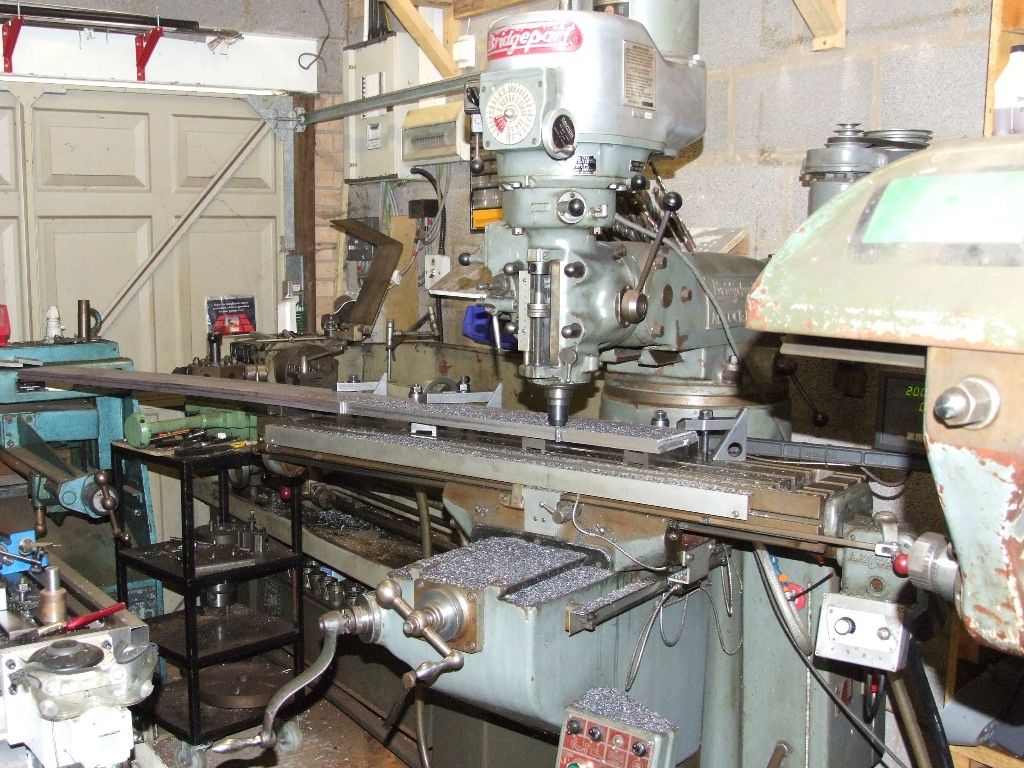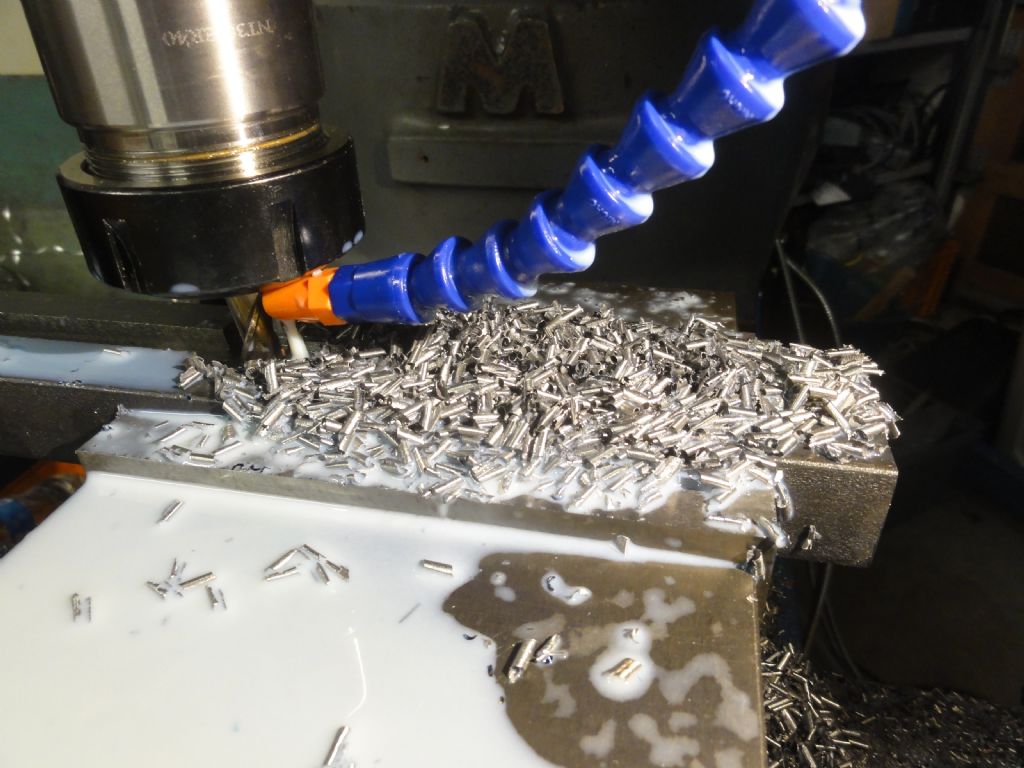Andrew,
I would politely advise that Keiths machine is a far more 'lighter' machine in size, weight and rigidity in comparison to the mill in your picture.
Murray,
I am uncertain about what your machine is, but if it is similar to Andrews, then the comment made to Andrew applies here too. However, as an additional note: I would question the output power of Keiths machine. The marketing blurb says 1.1kw, but fails to say – input or output power. To the best of my knowledge, the power being stated for his machine is input power, and the output power will be lower, and then there will be the torque, which is governed by other factors, along with rigidity of a lighter machine. (Nothing wrong if output power is lower than that specified, but it has a direct bearing on the question being raised in the opening post. However, I am not in favour of such marketing practice of sellers stating input power without stating if it is input or output, for obvious reasons, a concern which has been growing over the past year.)
Keeping the above in mind, it would be wrong to draw conclusions about feed, speed, depth of cut for Keiths specific machine. I would be more inclined to support Martins comments in this respect.
Keith's machine is a hobby machine, and I would be more inclined to use the quote borrowed from another thread even though it applies to a lathe, namely: "Lots of engineers reference books give tables of cutting speeds for various metals. You can turn over quickly – they don't apply to you and me. In home workshop machining you can only go by the feel, sound and appearance of the job".
The above comments are being made with the greatest of respect for the knowledge of all concerned, and my intensions are to try and be helpful to a beginner, rather than to create an argument or slag off any machine. I have seen plenty of beginners – almost on a weekly basis breaking gears or end mills or whatever on light duty/hobby machines as a result of failing to follow 'the quote'. The principal remains the same – be it a mill or lathe.
For clarity: ARC states output power for the SIEG machines it sells.
Ketan at ARC.
MalcB.







